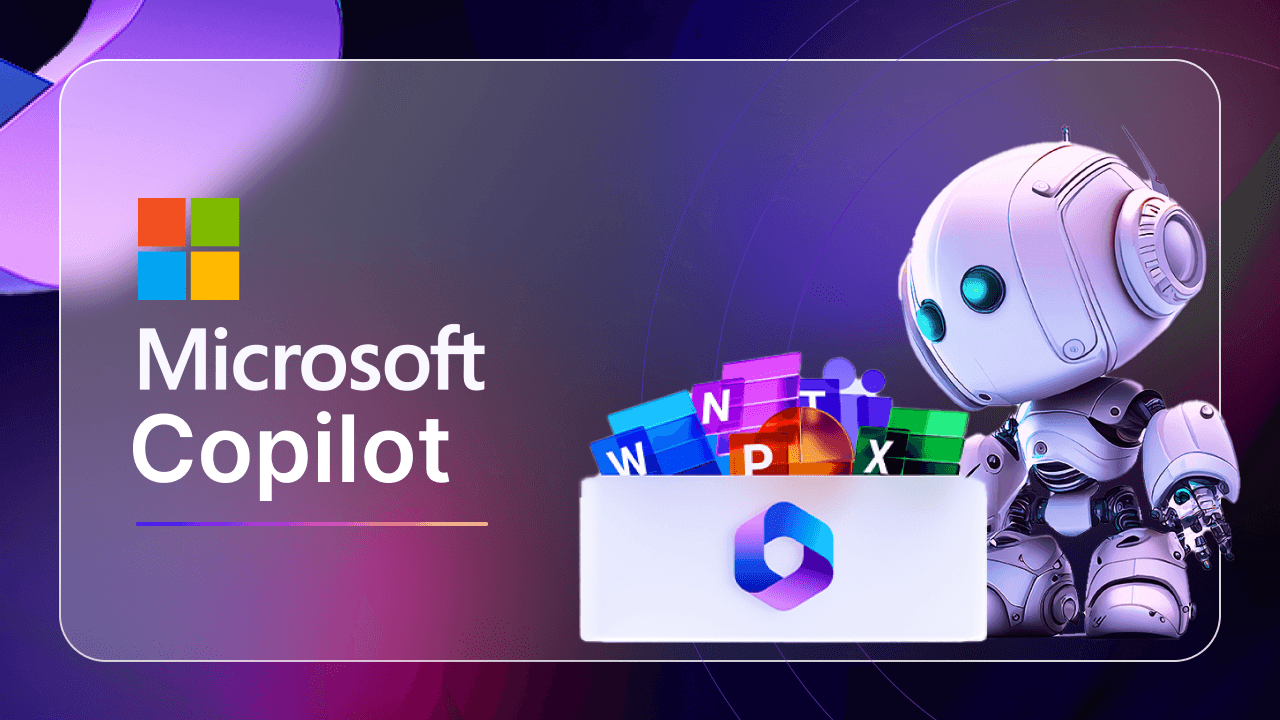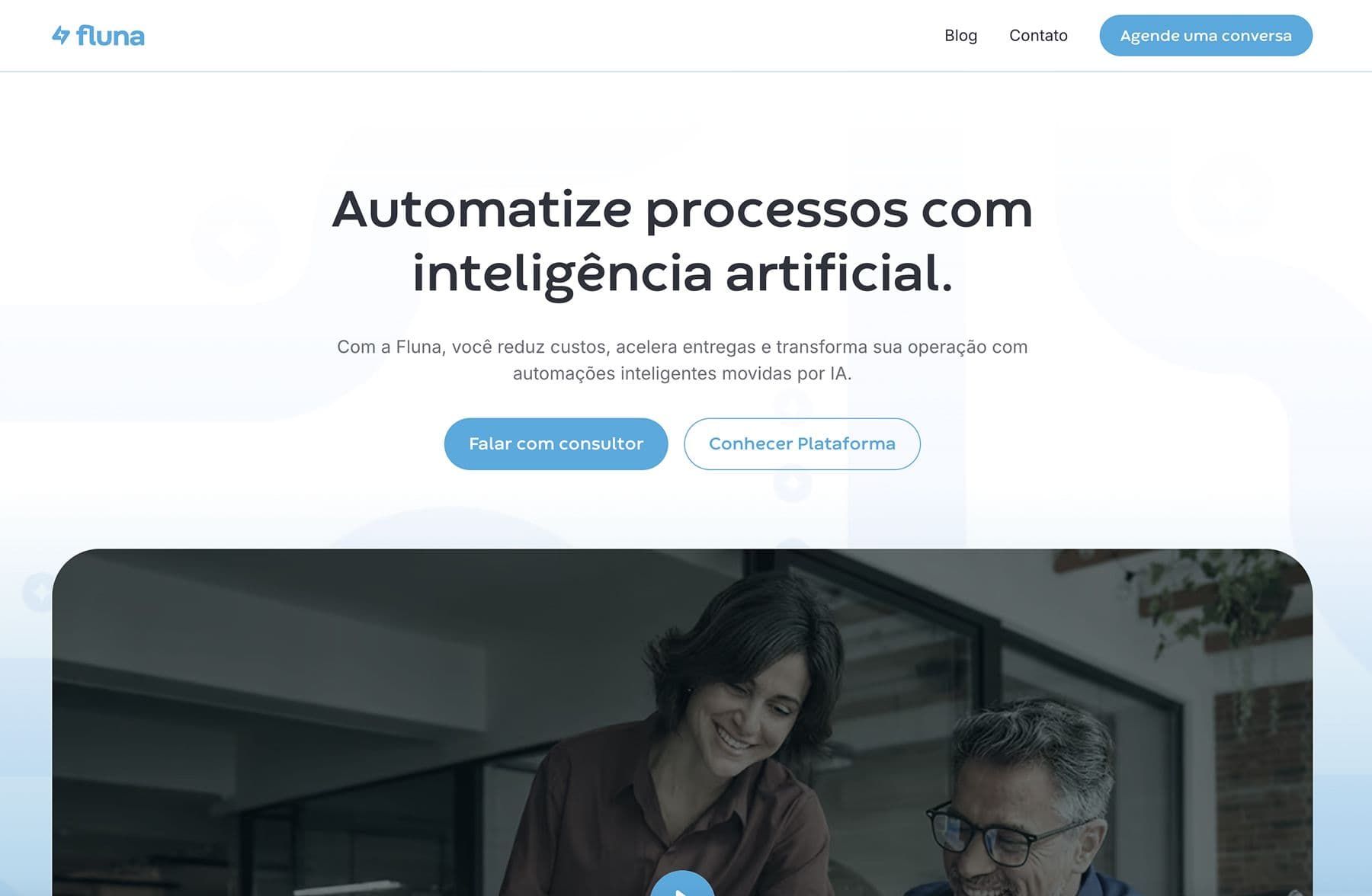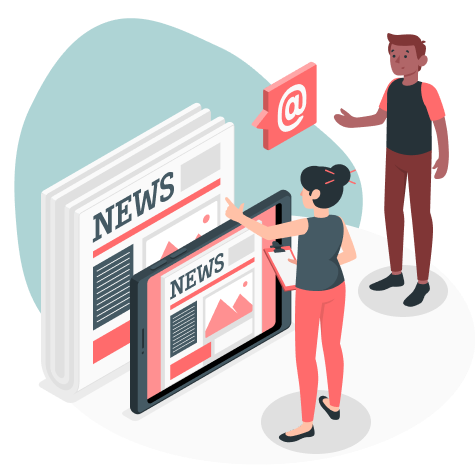Agentic Work: AI and Future of Working Life
TECHNOLOGY
AI is reshaping the very texture of work by automating the struggles and slow beginnings that once carried cultural and personal value. This marks a cultural rupture: where learning was tied to labour and perseverance, it is replaced by an environment where process is hidden and competence appears instant. How is this changing the world of work?

Artificial intelligence is no longer just a background tool. In 2025, AI systems are evolving into agents: proactive, autonomous entities capable of managing tasks, coordinating workflows, and making decisions. This shift toward “agentic work” is redefining how organizations operate, how careers evolve, and how humans and machines share responsibility. The question is no longer whether AI will transform work, but how we will shape that transformation to balance efficiency, equity, and humanity.
The Data Behind the Shift
Signals from cultural trend mapping show that intelligent agents, agentic workflows, and job transformation are among the strongest indicators of how work is changing. On social platforms, hashtags like #aiagent, #agents, and #aifuture reveal growing cultural fascination with AI autonomy, according to our analysis.
The demographics most engaged with this conversation are business professionals, tech-forward Millennials, and Gen Z knowledge workers. These groups are drawn to hybrid human–AI roles that emphasize creativity, orchestration, and ethics over repetition. Audience values such as innovation, efficiency, and creativity consistently top the charts in discussions of AI and work.

Business in Motion
Across industries, agentic AI is moving from promise to practice. In September 2025, Salesforce launched Agentforce, a suite of customizable agents that autonomously manage sales outreach, service responses, and reporting. At Microsoft, the release of Copilot Studio introduced the ability to build domain-specific agents that independently handle compliance, onboarding, and scheduling. Even healthcare is embracing the shift: the Brandenburg University of Technology Cottbus-Senftenberg (BTU) is carrying out a study on the efficacy of AI-powered robots with patients in a hospital setting. Together, these case studies demonstrate that trust in AI initiatives, once unthinkable, is rapidly becoming an integral part of everyday work.

Credit: The Blockchain Council
A Double-Edged Transformation
The adoption of agentic AI brings new challenges. Who is accountable when a machine-driven decision creates an error or bias? This tension is visible in workplaces that experiment with agents for administrative tasks and invisible labor, such as email writing or workflow scheduling. Entities like human judgment and human intuition rank high in relevance precisely because they define where the line between human and machine must be drawn.
According to IBM, 40% of companies expect AI to transform jobs significantly within three years. McKinsey frames this shift as the rise of “superagency,” where AI frees people for higher-value work focused on problem-solving and leadership. Yet there are also risks: if AI is primarily deployed to cut costs, it could strip away entry-level positions that traditionally serve as stepping stones for young workers. Going forward, apprenticeships may become essential as companies seek alternative ways to bring new talent into AI-heavy workplaces.

Brazilian fintech Fluna partnered with Google Cloud to automate the drafting and analysis of legal agreements using Vertex AI, Document AI and Gemini 1.5 Pro. Tasks that once required hours of junior legal labour — from clause selection to risk checks — are now completed in minutes.
Human-Centric Workplaces
The World Economic Forum advocates for a human-first approach: embedding transparency, ethics, and empathy into how AI is integrated into daily work. New roles, such as AI liaisons, workflow designers, and ethics stewards, will emerge to bridge human intuition with machine execution. These positions reflect a cultural pivot: careers are becoming less about linear progression and more about hybrid skillsets where orchestration matters as much as execution.
This isn’t just theory: the trend is unfolding at an unprecedented pace. Job postings on platforms like LinkedIn show rising demand for “AI workflow designers” and “agent operations managers.” Case studies point to organizations that integrate agentic AI as partners in innovation, outperforming peers still relying on tool-based automation.
Invisible labor is absorbed by agents, while human effort centers on storytelling, client relationships, and creative leaps. In the words of analysts describing the shift, it resembles a “new industrial revolution” where productivity no longer equals repetition.
The Cultural Tension
Invisible labor, such as emails, scheduling, and compliance checks, is already being absorbed by AI, clearing the way for humans to focus on storytelling, client relationships, and creative leaps. But accountability grows murkier: who is responsible when an AI-driven decision excludes a candidate or harms a customer? Trust, once earned between colleagues, must now extend to machine actors negotiating on our behalf. This cultural tension will define not just corporate governance but broader societal expectations of fairness and responsibility.
Why It Matters for the Next Decade
Agentic work is not a distant prospect—it is unfolding now. By 2030, AI adoption could contribute up to $15.7 trillion to the global economy, but only if businesses balance automation with workforce development. Organizations that position AI as a collaborator rather than a replacement will not only attract talent but also avoid hollowing out their entry pipelines. The strongest workplaces will be those that harmonize human ethics and imagination with machine autonomy, creating environments where judgment, trust, and creativity hold as much weight as efficiency.


Trend lines, data, and information described in this article emerge from the ongoing analysis performed by Nextatlas on its global observation pool made of innovators, early adopters, industry insiders expressing their views on Twitter, Instagram, and Reddit.
To learn more about our AI, discover Nextatlas Methodology here
Related articles:

DESIGN & INTERIORS
Sheer Beauty: Ethereal Materials and Fluid Forms Meet Contemporary Living
Italy
Torino - Via Stampatori 4, 10122(Operational headquarter)+39 011/0864065VAT number and registration number at the Registro delle Imprese di Cagliari: 03428550929 paid share capital € 167.740,00 — © 2024 iCoolhunt SpA.


